In-short:
- ‘Bharat Gen’ is India’s first government-funded, indigenously developed multimodal large language model (LLM).
- The AI model supports multiple Indian languages and dialects, promoting digital inclusion.
- It can understand and generate text, images, speech, and other data formats.
- ‘Bharat Gen’ is a collaborative initiative involving government research institutions, academia, and Indian startups.
- The launch marks a major leap in India’s AI self-reliance and local innovation.
- This blog explores its development, capabilities, challenges, and future implications.
Introduction
In a world increasingly shaped by artificial intelligence, India has taken a historic step with the launch of ‘Bharat Gen’ – the nation’s first indigenously developed, government-funded multimodal large language model (LLM). Built to support and understand the linguistic diversity of India, this AI model is more than a technological innovation – it’s a digital movement aimed at democratizing information and empowering millions.
The significance of ‘Bharat Gen’ lies not only in its cutting-edge technology but in its cultural and national mission: to ensure that AI innovation aligns with India’s diverse socio-linguistic landscape.
Understanding ‘Bharat Gen’: What Makes It Unique?
A Multimodal Marvel
Unlike traditional LLMs, which primarily process text, Bharat Gen is multimodal. It can process and generate:
- Text (in multiple Indian languages)
- Speech and audio inputs
- Images and video contexts
- Code and structured data
This ability makes Bharat Gen suitable for a wide range of applications, from voice-enabled public service portals to vernacular language assistants for farmers and students.
Truly Indian at Heart
Bharat Gen supports over 20 official Indian languages, and work is ongoing to incorporate regional dialects and scripts. This contrasts starkly with global LLMs like GPT or Gemini, which have limited support for Indian languages and often miss cultural nuances.
Development and Collaboration: A National Effort
Who Is Behind Bharat Gen?
Bharat Gen is the result of a collaborative effort between:
- Ministry of Electronics and Information Technology (MeitY)
- Indian Institute of Science (IISc)
- IITs and NITs
- CDAC (Centre for Development of Advanced Computing)
- Bhashini platform (Government’s AI-powered translation project)
- Private AI startups like AI4Bharat and Sarvam
Government Funding and Open Source Vision
Bharat Gen is fully funded by the Indian government, aligning with India’s larger Digital India and Atmanirbhar Bharat missions. It will be made open-source, enabling startups, students, and institutions to build applications on top of it.
Technological Architecture of Bharat Gen
Training Infrastructure
- Trained on India-specific datasets, including classical texts, government documents, news archives, spoken language corpora, and regional content.
- Utilizes high-performance computing (HPC) infrastructure developed under the National Supercomputing Mission.
Model Size and Capacity
- Comparable in scale to international models like LLaMA and GPT-3.
- Trained on multi-billion token datasets across multiple Indian scripts (Devanagari, Tamil, Telugu, etc.).
Applications and Use Cases
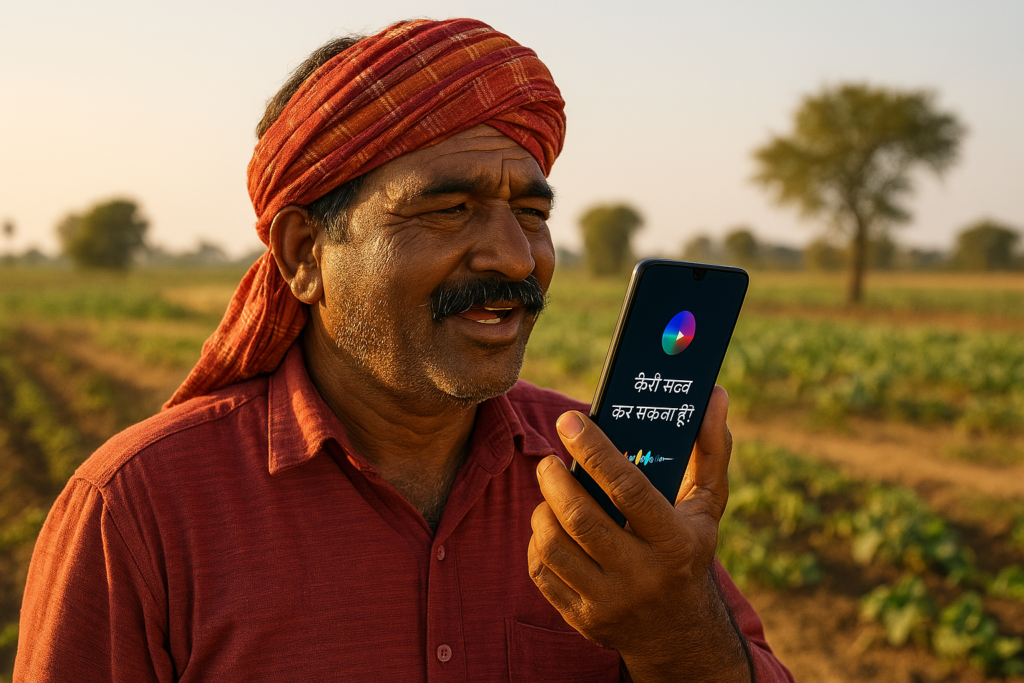
1. Public Governance and Citizen Services
- Multilingual chatbots for grievance redressal.
- Voice-activated systems for rural outreach.
- Automated translation and document summaries in local languages.
2. Education and Learning
- Personalized learning tools in regional languages.
- Voice-to-text assistance for students with disabilities.
- Translation of national educational content into native languages.
3. Agriculture and Rural Empowerment
- Voice-based support for farmers in dialects.
- Image-based crop diagnosis and advice.
- Chat assistants for government schemes.
4. Healthcare and Telemedicine
- Regional language voice assistants for telehealth.
- AI diagnosis support with multimodal input (images + voice).
- Translation of prescriptions and advice in simple language.
Challenges and Road Ahead
1. Linguistic Complexity
India has over 1,600 dialects. Capturing this linguistic richness is challenging for training data preparation and model alignment.
2. Resource Requirements
Training multimodal LLMs needs significant computational power, GPU infrastructure, and storage, all of which are costly.
3. Bias and Fairness
Ensuring that Bharat Gen is fair, unbiased, and culturally sensitive requires continuous testing and ethical audits.
4. Continuous Updates
Languages evolve. Bharat Gen must continuously update its datasets and model weights to stay relevant.
Bharat Gen vs Foreign LLMs
| Feature | Bharat Gen | Foreign LLMs (e.g., GPT) |
|---|---|---|
| Language Support | 20+ Indian languages | Limited Indian language support |
| Cultural Sensitivity | High | Low |
| Data Localization | Indian datasets | Global English-dominated |
| Open Source | Yes | No |
| Funding | Indian government | Private corporations |
| Applications | India-specific domains | Global general-purpose |
The Broader Significance: A Sovereign AI Future
Digital Sovereignty
Bharat Gen marks a major step toward AI sovereignty – ensuring that India is not dependent on foreign technology for critical infrastructure and services.
Empowering the Last Mile
From a tribal village in Jharkhand to a farmer in Tamil Nadu, Bharat Gen can ensure that technology reaches the remotest corners of India.
Global Signal
The project sends a strong message that India can innovate at scale while staying rooted in its own linguistic and cultural ecosystem.
Conclusion
‘Bharat Gen‘ is not just an LLM; it’s a visionary project that encapsulates India’s aspiration to become a leader in responsible, inclusive, and sovereign AI development. With its multilingual capabilities, multimodal functionality, and focus on public good, Bharat Gen can redefine how over a billion Indians interact with digital platforms.
In the age of artificial intelligence, Bharat Gen is a homegrown digital ambassador that speaks the language of every Indian.
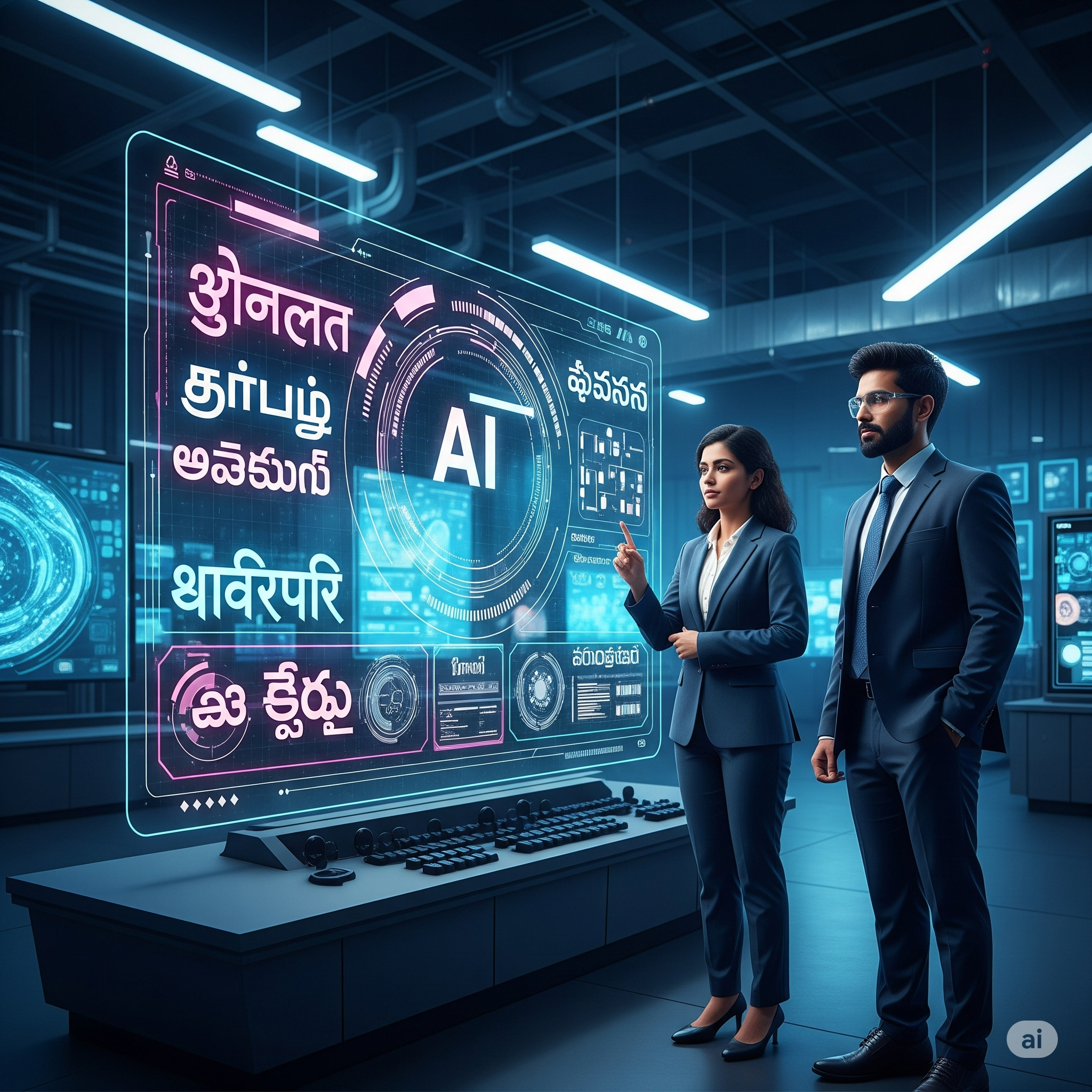



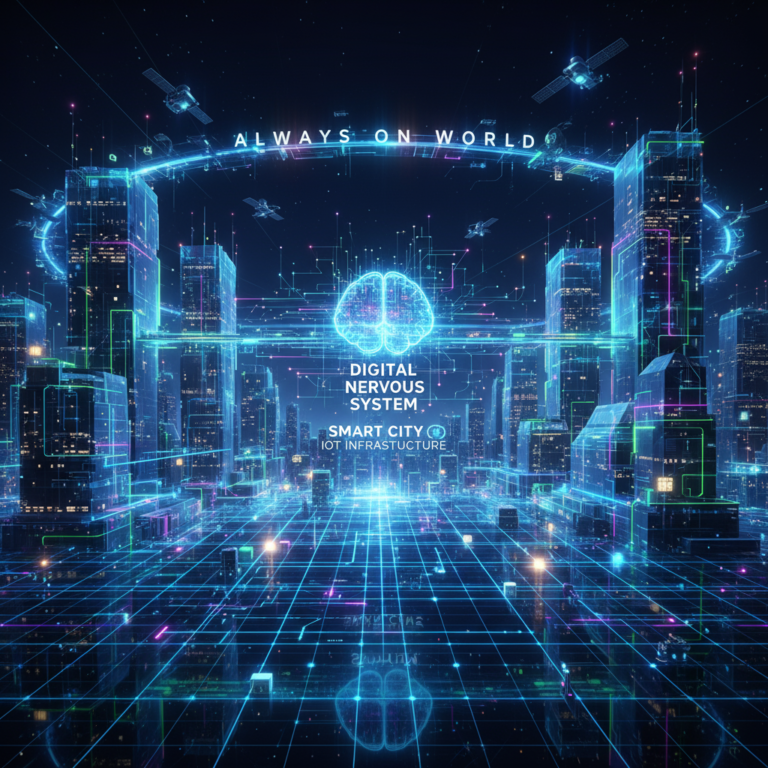
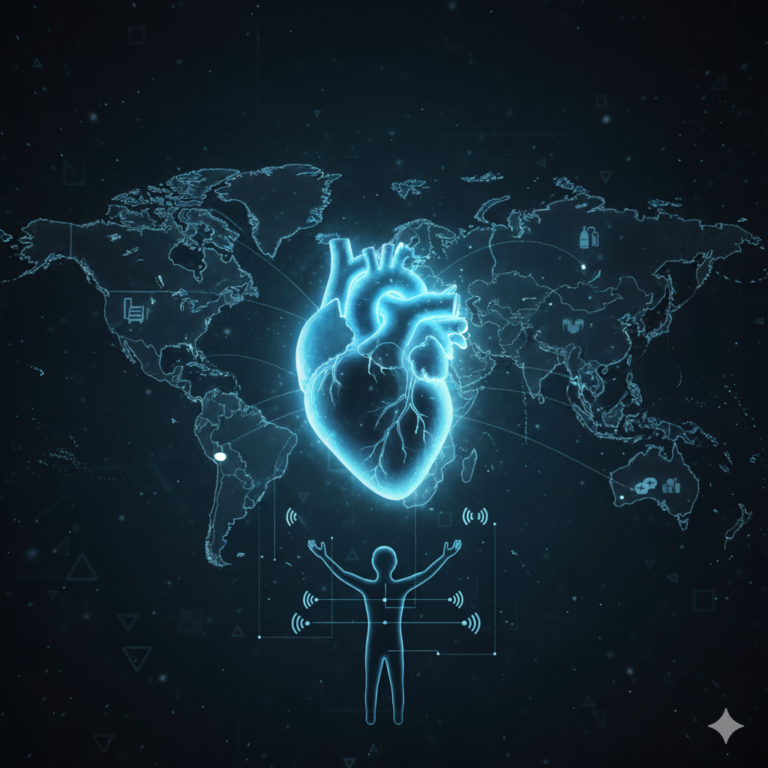
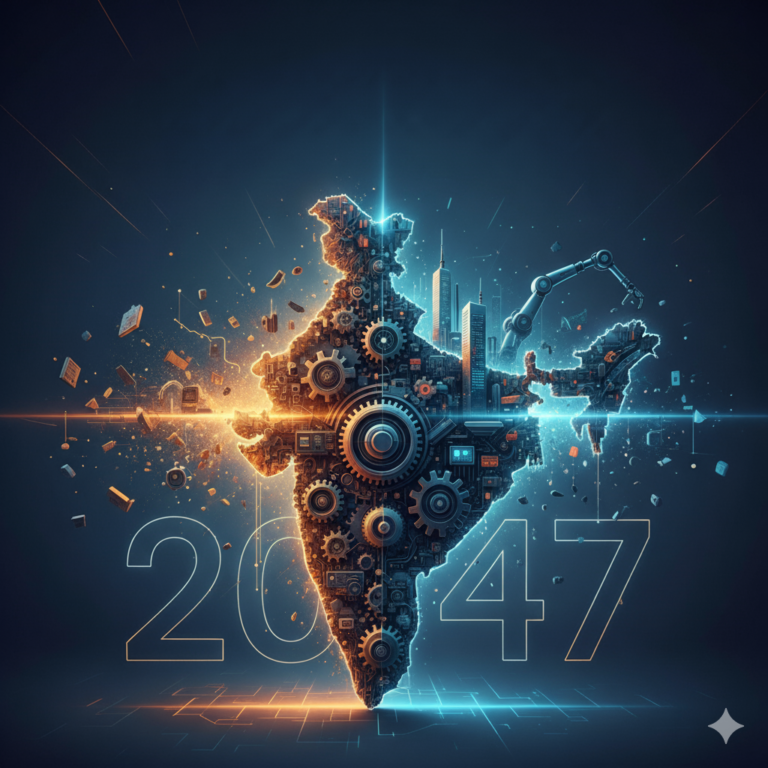
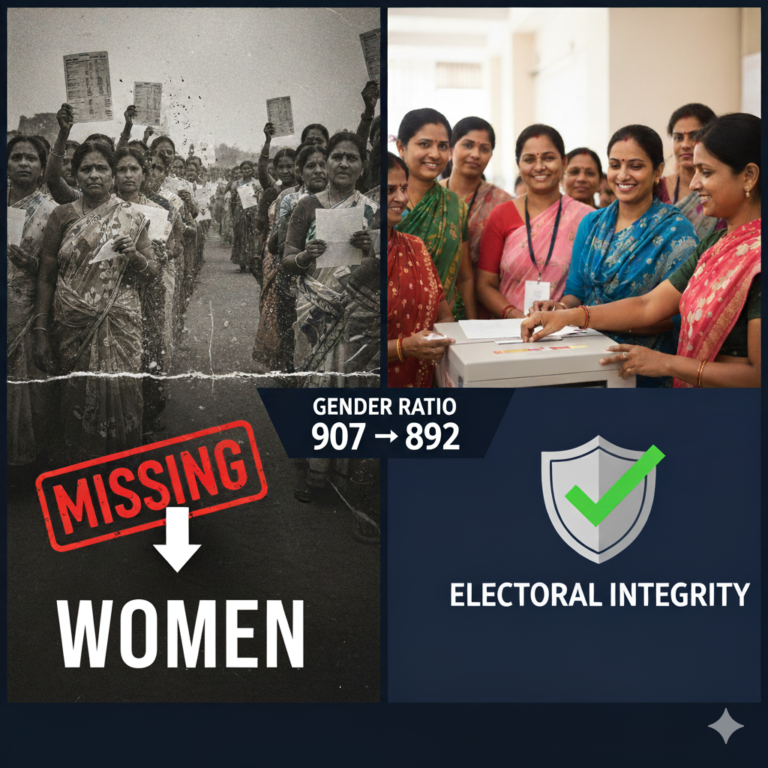
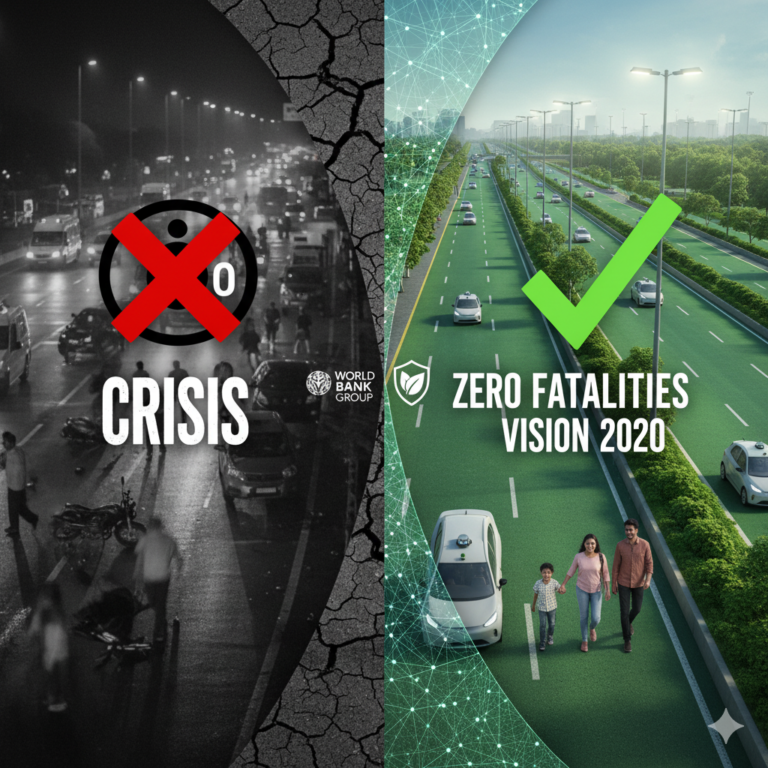
+ There are no comments
Add yours